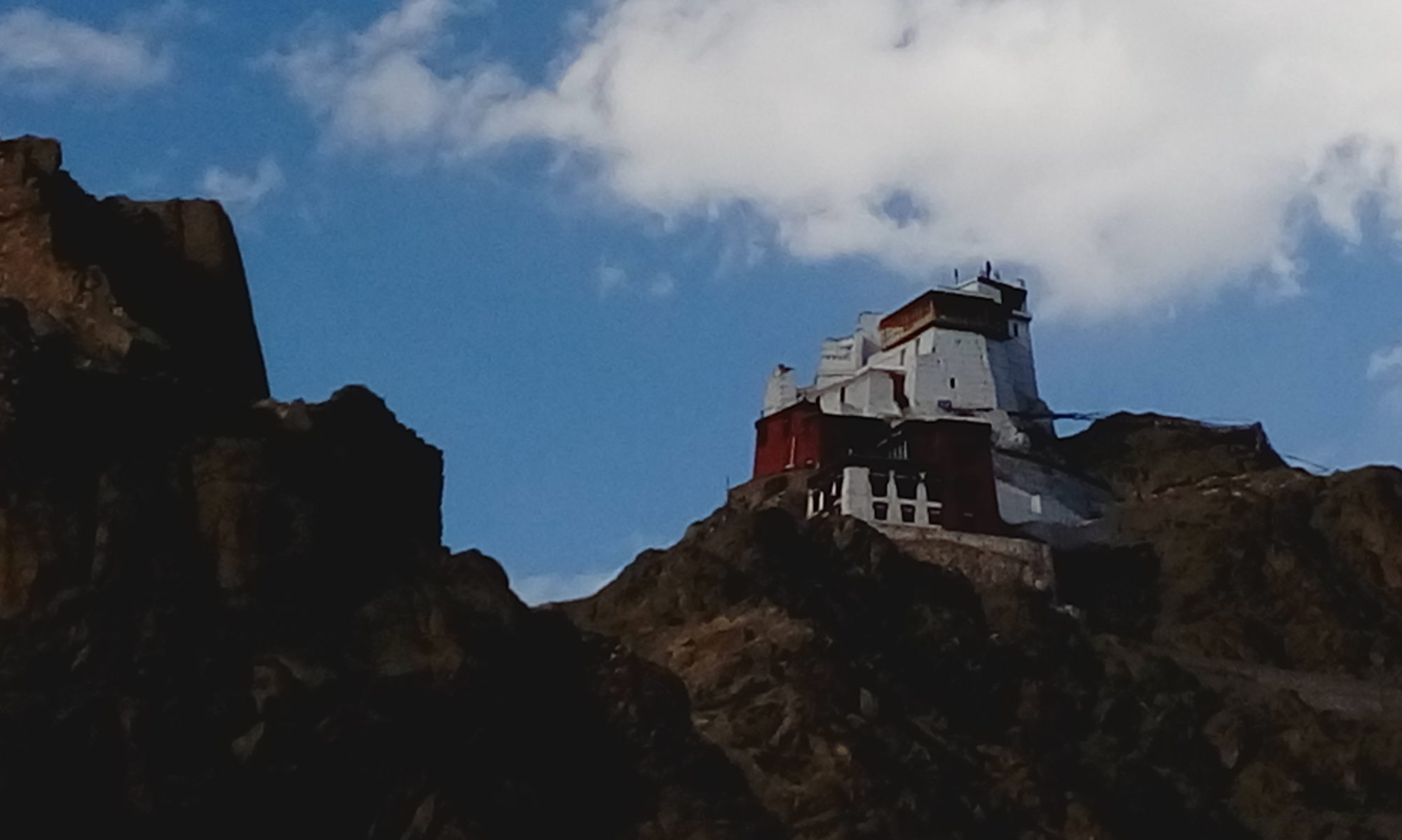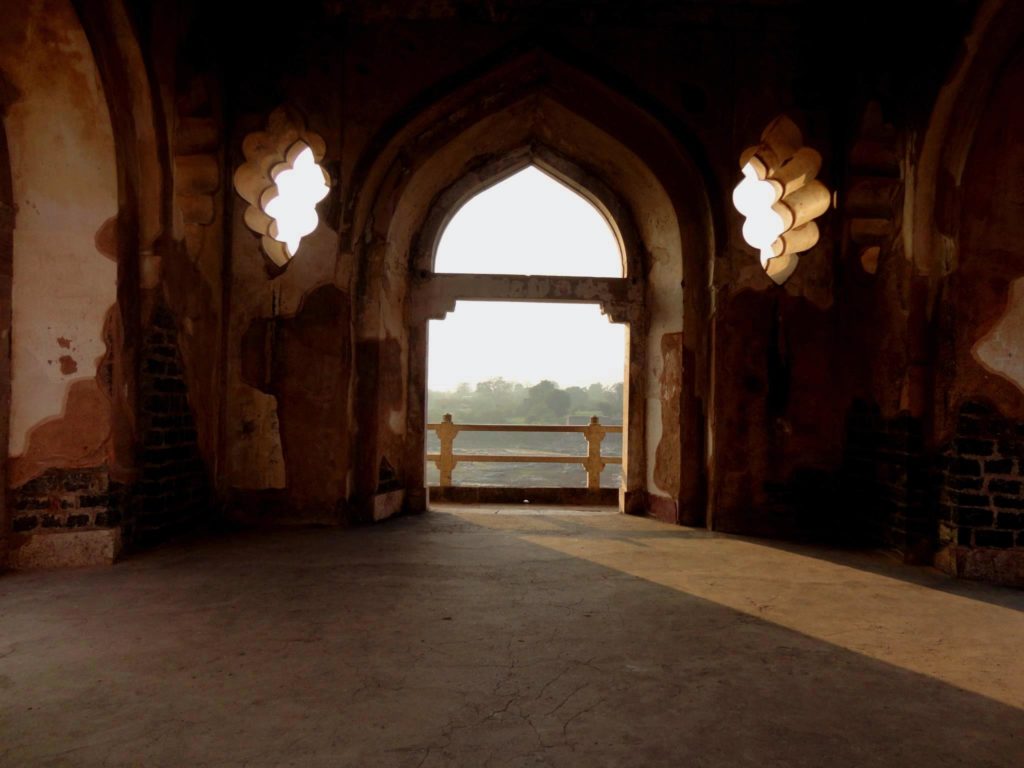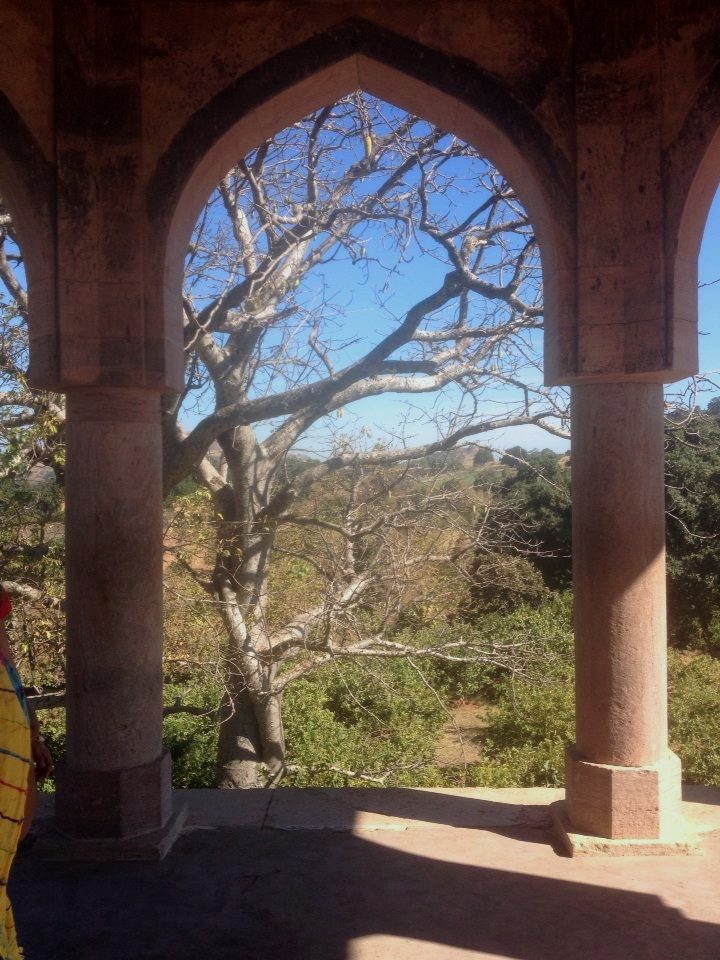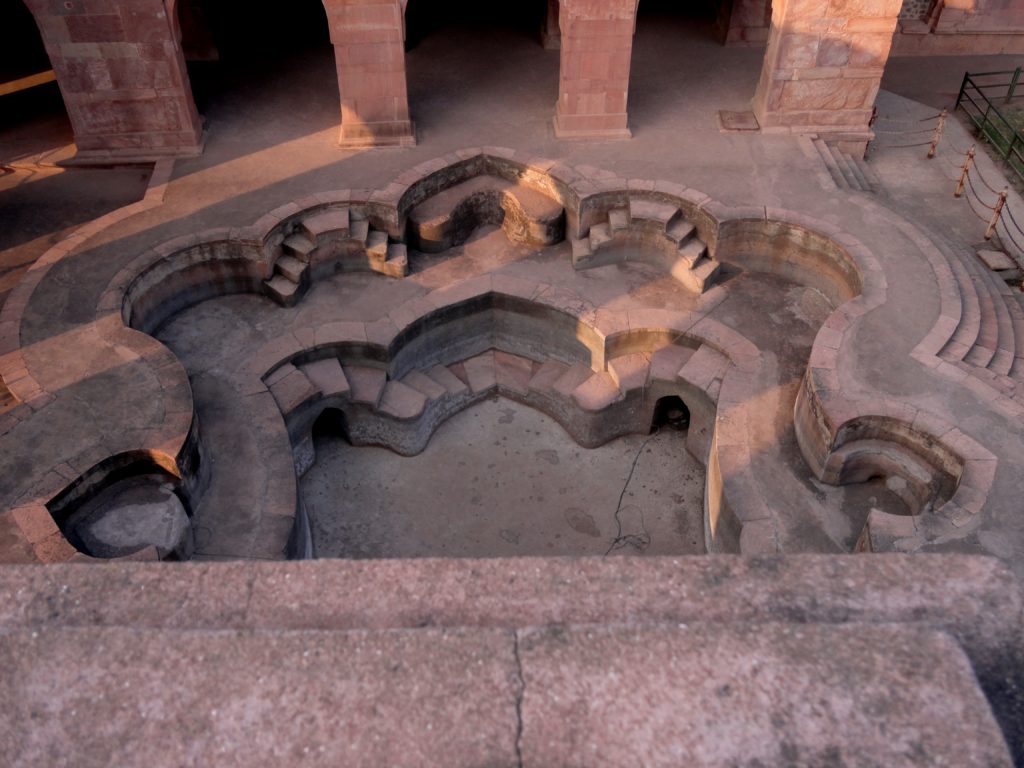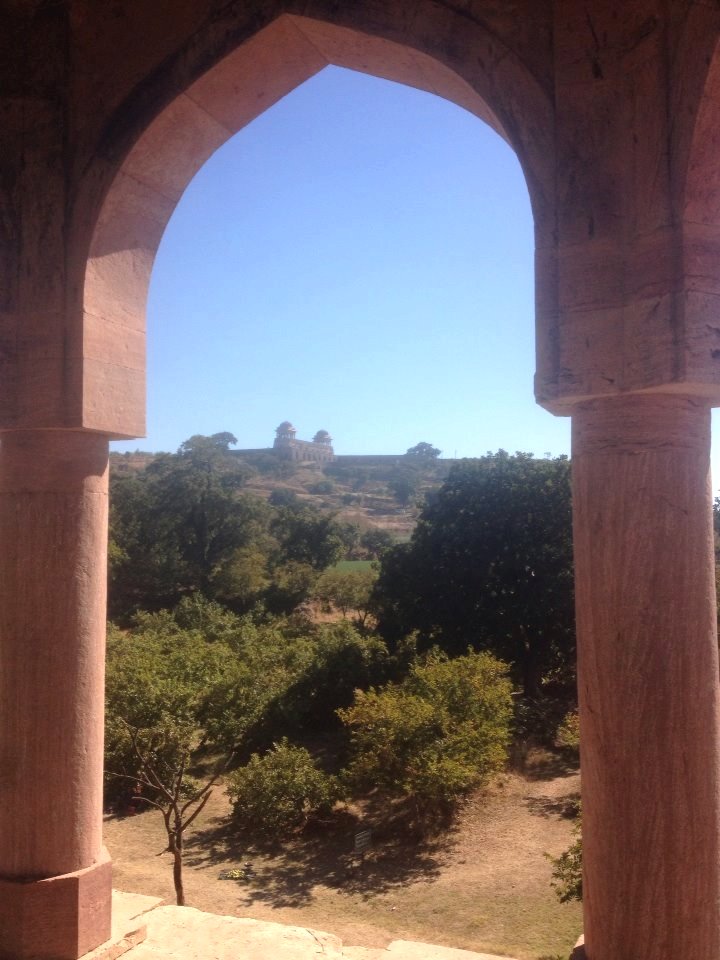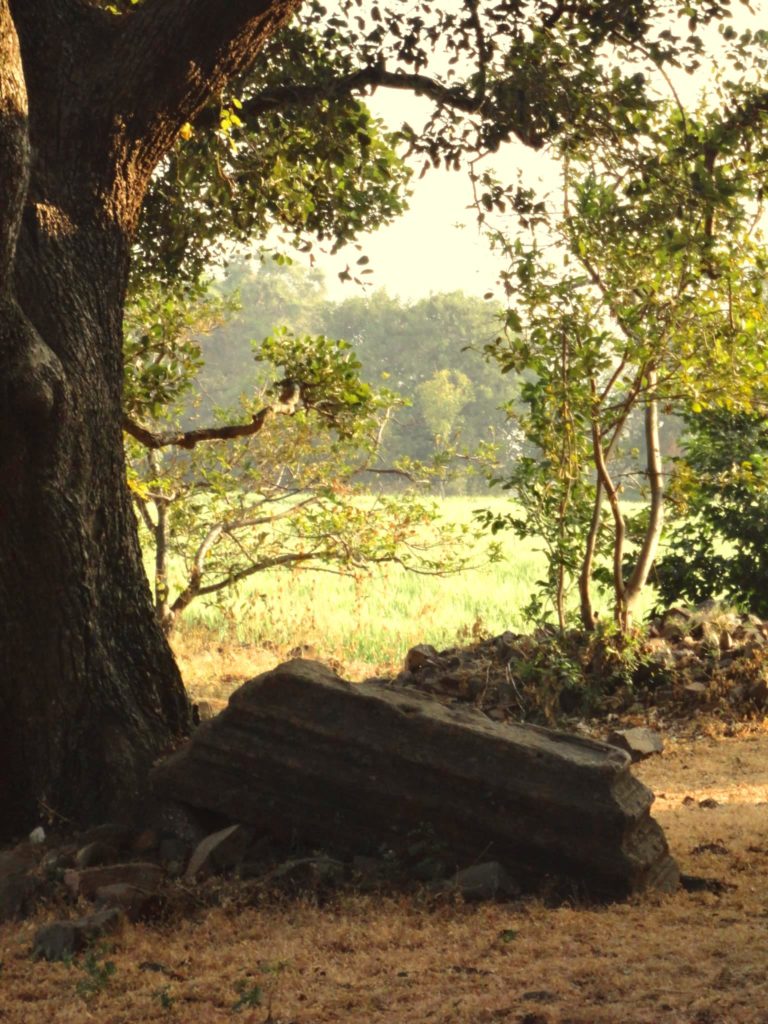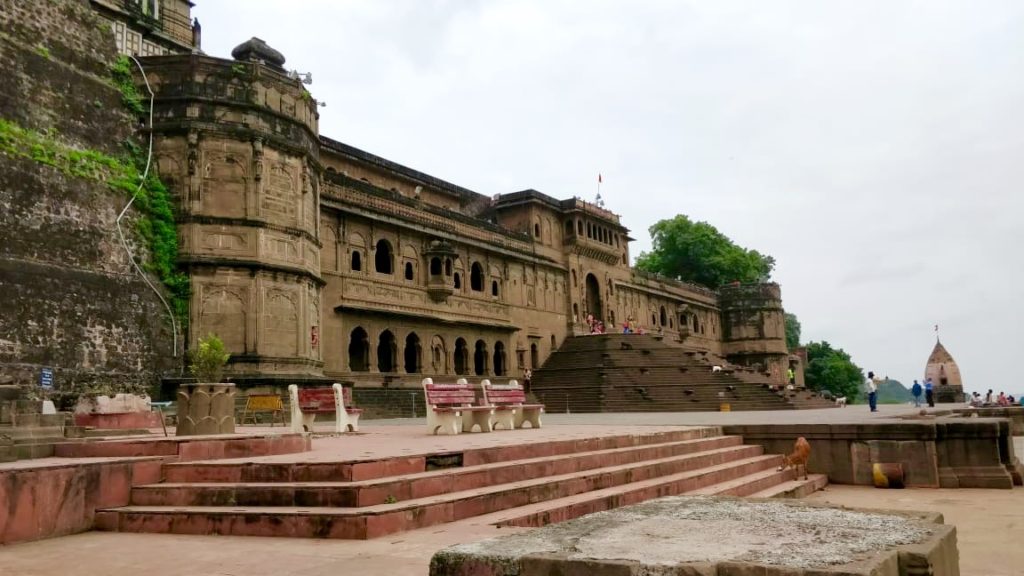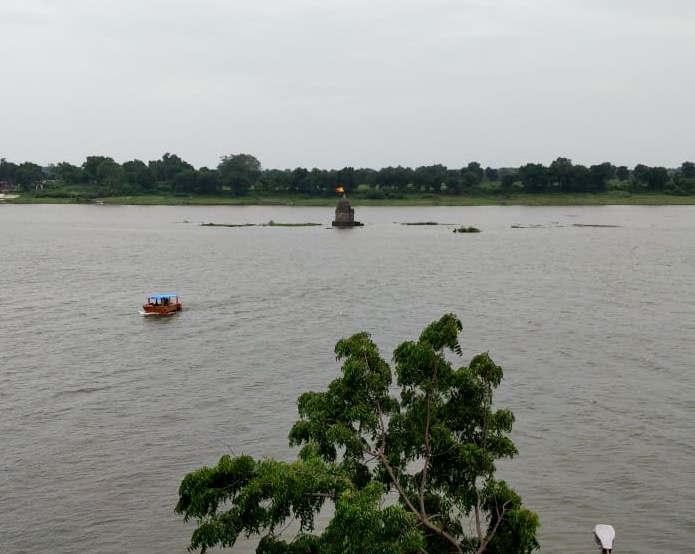Oh East is east and west is west and never the twain….could be the title of the man and my travel proposals. Substitute the directions but the template remains steadfastly firm. (I know I have taken the lines totally out of context but you get the idea.) I proposed tigers and the jungle at Pench. The man, a boat ride to the center of the universe with floating candles on the Narmada. The tiger would have to wait! A morning after our sun chasing drive to Jam Darwaza we found ourselves on the same road again, this time down the forested ghats, over murmuring streams, meeting our Gadaria friends camped in a cotton field on our way to Maheshwar via Mandaleshwar.
Another highway not to miss goes through –Dras – Highway through Heaven
Ahilya Fort
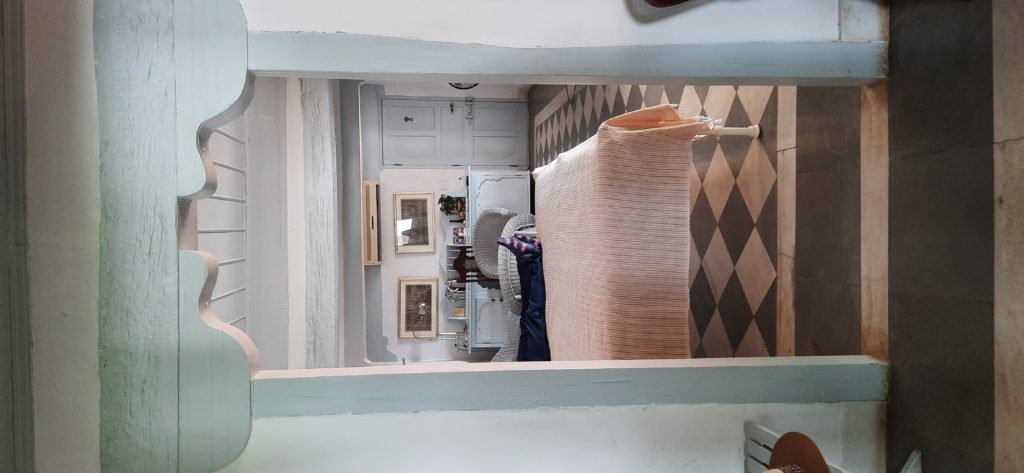
We treated ourselves to some understated luxury this time, as we checked into Ahilya Fort (More on it another time) the palace quarters of the Holkars now converted into a heritage boutique hotel where, apart from the royal family, you can nod to the memories of past guests like Mick Jagger, Demi Moore…. Maheshwar has only two thermostat settings – hot and hotter, and since I have only made day trips, no prizes for guessing the readings at all the visits. So after checking in and lunching on a superb four course meal accompanied by chilled champagne, we crash out in the ‘Nagada room’ done in the cooling shades of white and ice blue, which offers not just privacy but the most surreal sunrise view..
A great place to stay In the Pink City is – Dera Jaipur: A Homestay for Stellar Style and Exceptional Experiences
Narmada and Maheshwar
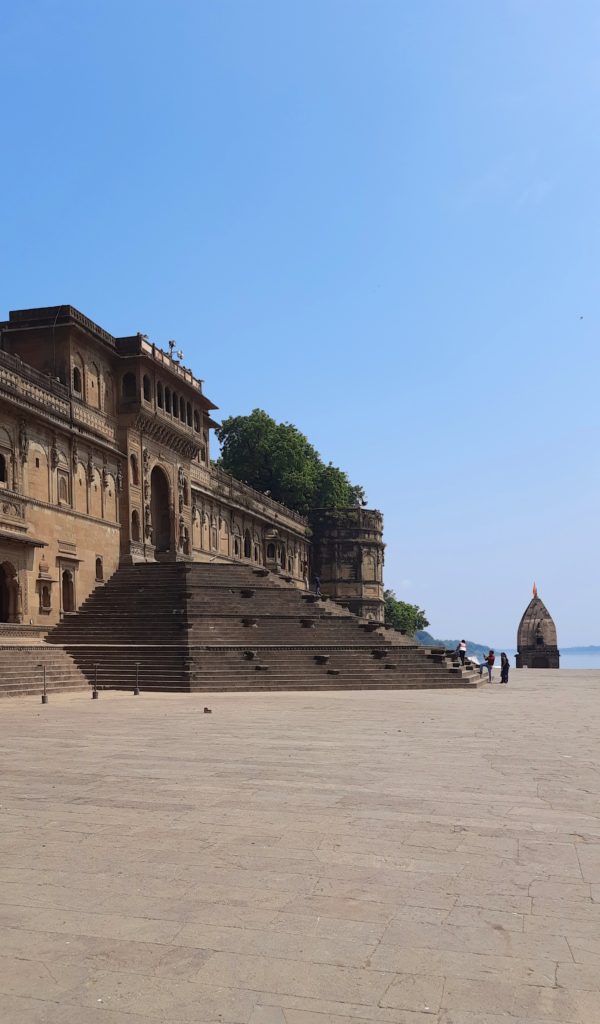
Maheshwar maybe synonymous with the gossamer fabric but its history and story are totally entwined with the river it embraces. Maheshwar means abode of Mahesh an epithet for Shiva and Narmada, according to some tales, is his daughter. Shivlings are not only to be found in the numerous temples dotting the fabled ghats here but they seem to randomly and organically sprout. The river produces the banalingas, cylindrical stones revered as a manifestation of Shiva. The ancient Narmada is considered so sacred that even Ganga purifies herself by taking a dip in her.
Discover another river and hair-raising adventures in – Barot -And the Serendipitous Catch in the Uhl River
Baneshwar
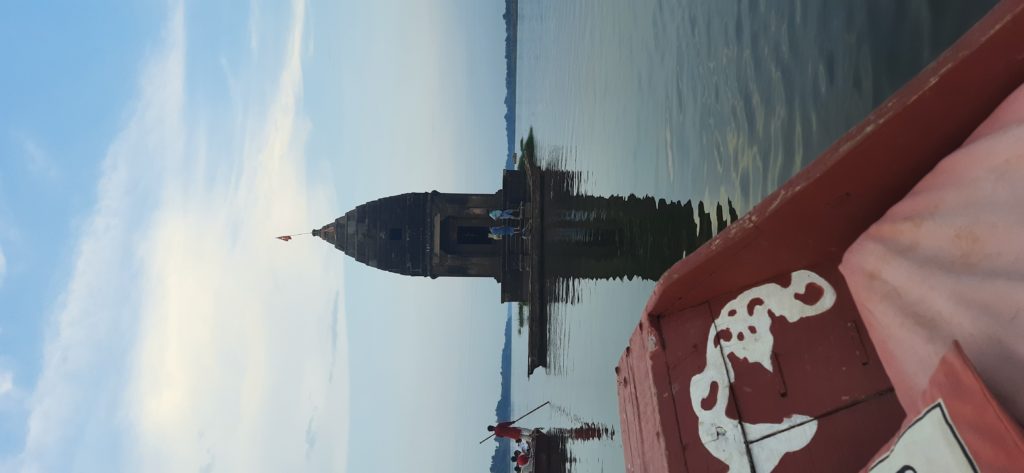
Early evening sees us heading past the Ahilyeshwar and Vithoji temples, which are looking like they are getting gargantuan acupuncture treatments covered as they are in scaffolding, down the ghats onto a red hand-painted boat for a ride with a tea hamper, being rowed to the center of the universe. The silence of the river broken only by the rhythmic sound of the oars. As we approach the 9th century black stoned Baneshwar temple in the middle of the river, we see a Nandi sitting in veneration at the entrance in stark colour contrast to the rest of the temple. The white lilies adorning the vermilion smeared lingam grow on an outcrop behind the temple itself, barely skimming the surface of the river. The temple is considered the center of the universe and is in line from the North Star to the center of the earth. The diminutive temple may not hold a torch in terms of architectural beauty to the massive Ahilyeshwar temple on the shore but it has survived many a dip in the raging river during countless monsoons. As the sun calls it a day the bells clang in the temples at the twenty eight ghats on the river front full of devotees and locals now, praying, bathing, congregating, feeding the fish, contemplating the world. We row back after an altogether brief halt and from our boat put down tea-lights in leaf bowls in the river, the current making us part ways and we see them going where the river deigns to take them, into the sunset, while we sip our tea and lounge on the big boat. Mysticism meets romance, not for the first time.
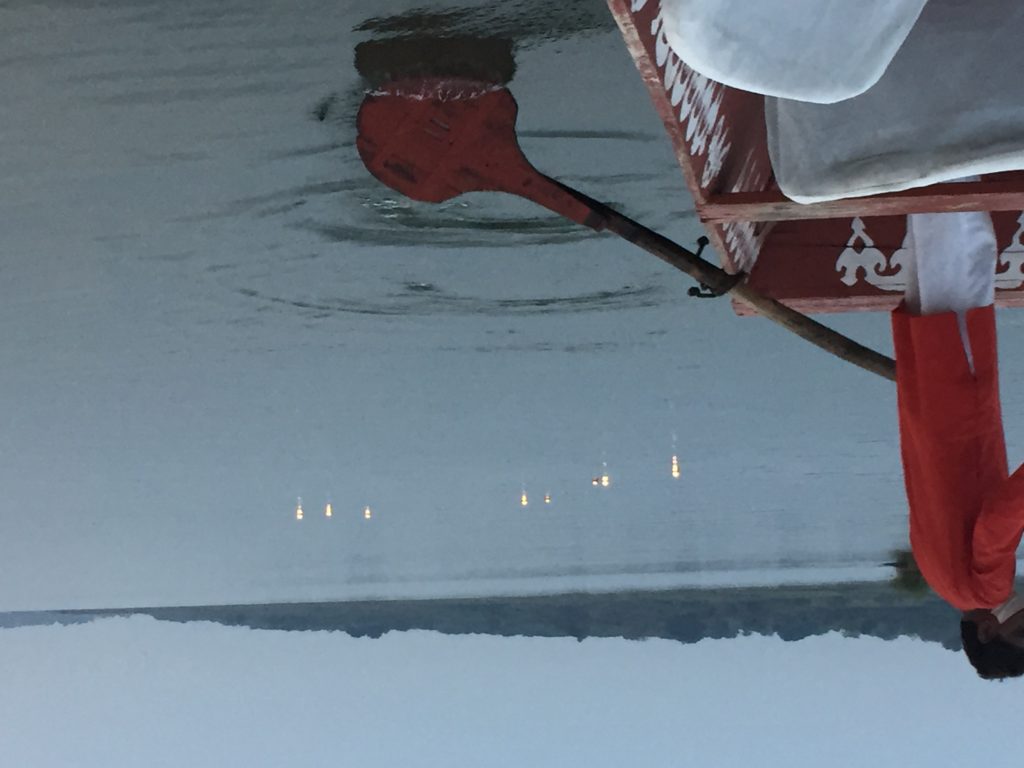
Where piety meets pomp is – An Ode to Ancient Life in Stone- The UNESCO World Heritage Site of Ajanta & Ellora
Sunrise
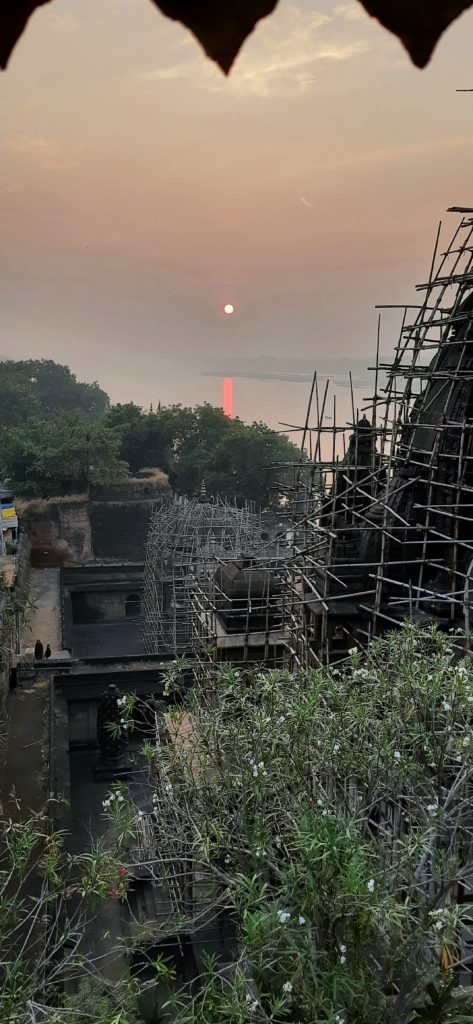
In the night we ask what can we do early in the morning? Watch the sunrise, we are told. From where? From your bed! Okay then… I’m all for such doable suggestions! We rise before the sun and from our balcony see youngsters already trying to find the perfect spot to have a photo shoot near the temples below! Insta is not just a carrot. It’s a whole carrot cake! But we have a vantage point and witness the sun unfurl a molten gold bridge across the river to reach the temple on the ghat. It starts as a watery orange path and soon firms into a fiery golden one before breaking into melted pools at the end of this spectacular show.
Explore the colours of a great river in – Chushul -Chumathang – Hello Indus & Iridescent Colours!
Lingarchan
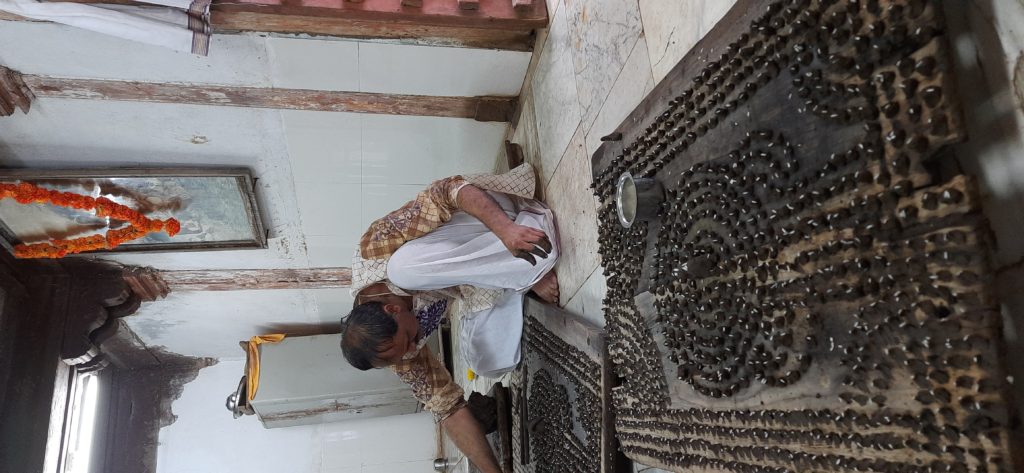
Later in the morning we join the priests keeping up a centuries old, unbroken ritual that in a way symbolizes the cycle of life here. The Lingarchan puja was started by Ahilya Bai on a much larger scale and although the number of people performing it has dwindled those who do it, do it with feel. Practiced hands move deftly to shape mud into tiny lingams which are put into notches on wooden boards worn at the edges by the water seeping in. The notches themselves are in a Shivling pattern. Sitting in a room next to Ahilya wada we work in companionable silence and once the boards are full, after a brief ceremony, they are taken to the river and the earth once again meets the water, one enriching the other.
Find Madhya Pradesh’s other cultural gem in- Part Two – The Old Gold in Outstanding Orchha
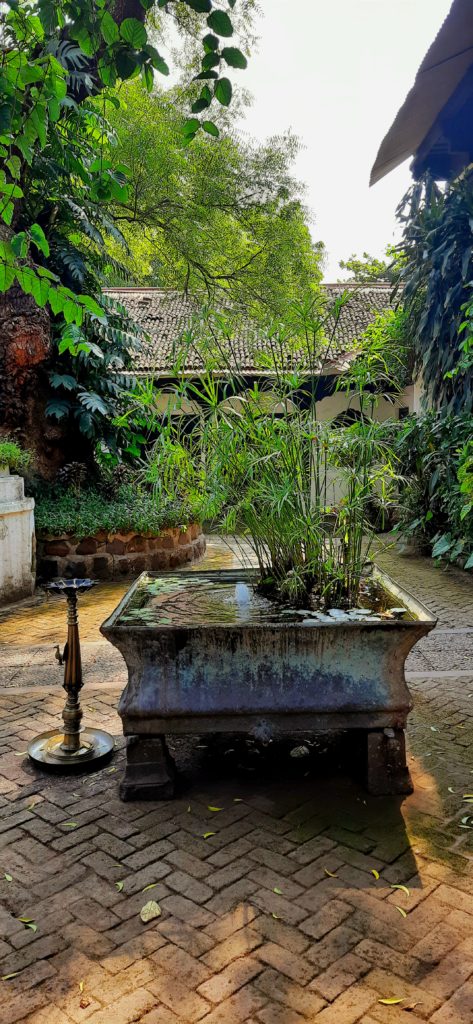
The timings of this ceremony change with the seasons so we’ve had to abandon our very English breakfast to attend it. As we come back to the table to finish it, Pugsy, one of the denizens, approves of the breakfast kept warm for us from below the table. Going by his size he has many breakfasts in a day. The fountain in the courtyard, fashioned from a massive old copper container, gurgles. It’s the only time we hear the river water in Maheshwar. A town and a river patiently, like they have all the time in the world, revealing their stories which run so deep, they can’t be told in one sitting.
Read about another place nearby seeped in history in – Mandu and Maheshwar in the Monsoon Mist
Fact File –
Maheshwar is about 2 hours from Indore.
Ahilya Fort at Maheshwar is an exclusive heritage property and slightly expensive.
The Lingarchan ceremony happens everyday in a room at the Ahilya Wada around 8:30AM but the time varies with the seasons.
